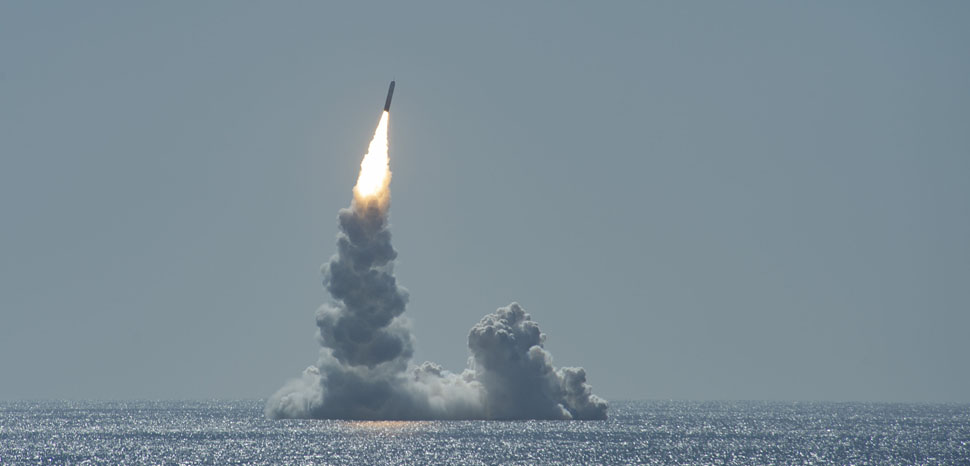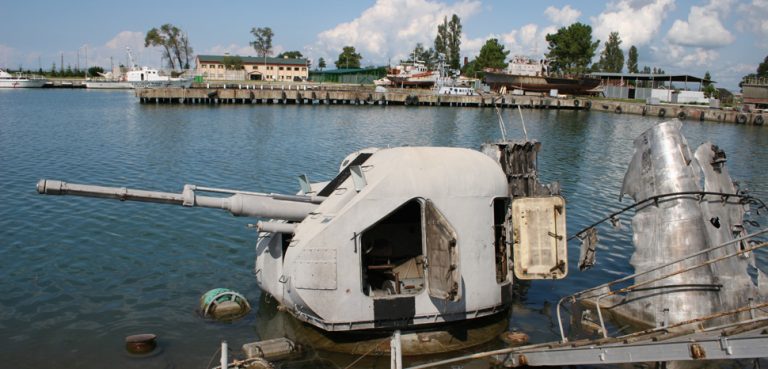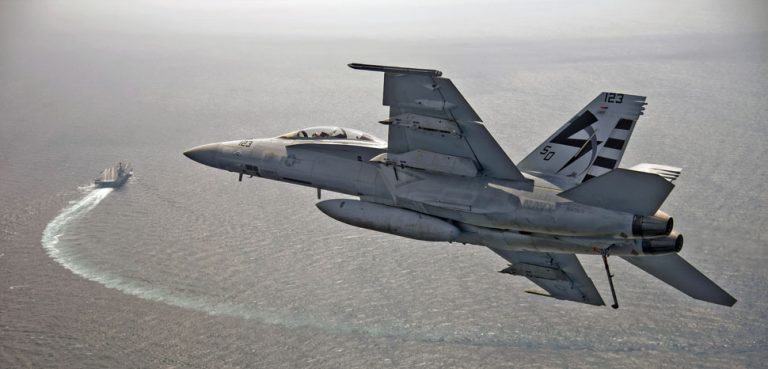In its latest update on government defense spending, the Stockholm International Peace Research Institute (SIPRI) forecasts that 2019 may represent an apex in what has been a historic run over the last decade. With response and recovery plans associated with COVID-19 absorbing a significant amount of government resources, defense spending is likely to see a decline, even as governments shift and deploy military resources as part of their pandemic response efforts.
Underlying SIPRI’s annual report and its compiled figures are a series of findings that offer insight on the geopolitical ambitions and concerns of the world’s powers and its periphery. In particular, three findings are salient in understanding shifts in the security realm: the anticipated return of “great power conflict,” the Asian arms race, as well as a Central and Eastern European-led effort to hedge against Russia’s regional aspirations.




